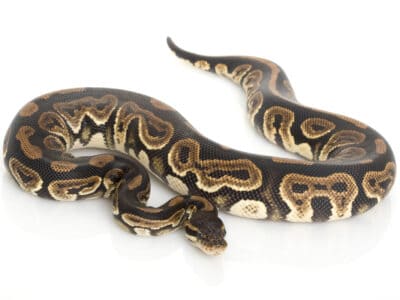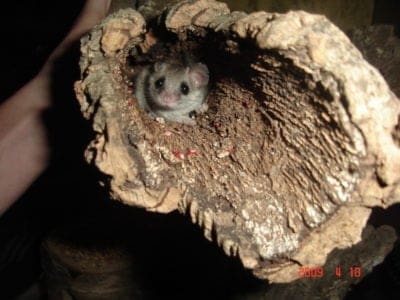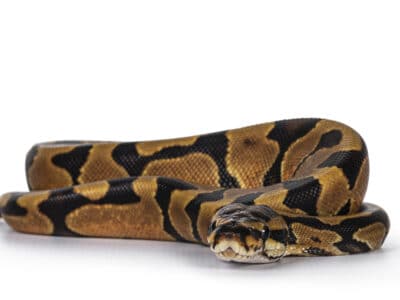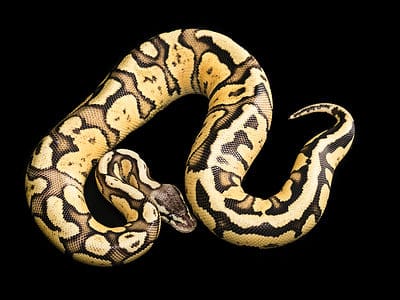Below you can find a complete list of Central African animals. We currently track 261 animals in Central African Republic and are adding more every day!
The central African Republic or CAR is found almost exactly in the center of the continent of Africa. This unique and beautiful country is landlocked and shares borders with Cameroon, Republic of Congo, Democratic Republic of the Congo, South Sudan, Sudan, and Chad. With its warm and wet climate giving rise to grasslands, savannas, and rain forests it is abundant in all kinds of wildlife. Once, it was considered a paradise for wildlife and is or was the home of just about every African animal. There are 791 species of birds, 209 species of mammals, 29 species of amphibians, and 187 types of reptiles, plus insects, including many moths and butterflies. Unfortunately, many of the animals in the CAR are threatened due to poaching, the search for bushmeat, and diseases introduced through domestic animals such as cattle. Here are some facts about the animals of CAR.
The Official National Animal of Central African Republic
The national animal of the Central African Republic is the elephant. The world’s largest land mammal, CAR’s elephants have been greatly reduced in numbers due to the greed for the ivory that makes up their tusks. Two species of elephant, the bush and the forest elephant are found in CAR. The bush elephant is the larger of the two, but the forest elephant was especially targeted for its unique ivory, which is said to be harder, stronger, and more aesthetically pleasing than the ivory of bush elephants. Both species of elephants have been poached extensively and are on the endangered list.
Where To Find The Top Wild Animals in Central African Republic
The intense pressure on the population of native wildlife has prompted the government of Central African Republic to take steps to protect them. National parks have been set up to protect the wildlife, including Manovo-Gounda St. Floris National Park, the largest of the parks and reserves at 1,740,000 hectares; Bamingui-Bangoran National Park; Dzanga-Sangha Special Reserve, and the Zemongo Faunal Reserve which itself is part of the Dzanga-Sangha Complex of Protected Areas shared with Cameroon and the Republic of Congo. Other national parks are the ECOFAC Classified Forest; the Kaga Bandoro Classified Forest; the Mbaéré Bodingué National Park; the Nana-Barya Faunal Reserve; the Ouandjia-Vakaga Faunal Reserve and the Vassako-Bolo Strict Nature Reserve.
Visitors who wish to find western lowland gorillas can find them the Dzanga-Sangh Reserve. while Manovo-Gounda St. Floris National Park is home to giraffe and buffalo as well as 379 types of birds. Chimpanzees can be found in the Zemongo Faunal Reserve while people who are looking for the country’s nearly two dozen species of antelope can find them in the northern and eastern regions of the country. Bangassou is home to the near-threatened bongo and the more common sitatunga, both antelopes. Crocodiles and hippopotamus are found swimming and hunting in CAR’s many rivers.
The Most Dangerous Animals In Central African Republic Today
A list of the most dangerous beasts in the Central African Republic would include:
- Hippopotamus — a couple of facts about this semi-aquatic herbivore are it can be surprisingly aggressive and is easy to underestimate. Hippopotamuses kill about 500 people each year in Africa.
- Buffalo — another large herbivore, the African buffalo, is not only dangerous but is said to exact revenge on hunters who have wounded it. Moreover, they will recruit members of their herd to help do the deed. Buffalo kills about 200 people every year, mostly by goring them to death.
- Crocodile — though numbers are uncertain, it is believed that 200 people suffer death by crocodile each year in Africa. While the buffalo is merely vengeful, the crocodile hunts humans the way it hunts any other animal.
- Elephant — the bush elephant may be responsible for the deaths of 500 humans every year. Male elephants who are undergoing musth are especially dangerous. Of course, this pales in comparison to the number of elephants killed every year by humans.
- Mosquitoes — the tiny and innocent mosquito is responsible for more deaths than any other African animal. Epidemiologists believe that malaria alone, caused by a parasite transmitted by the mosquito, kills 200,000 people a year in West Africa.
Endangered Animals In Central African Republic
Unfortunately, many animals are endangered in the Central African Republic, and indeed, the black rhino may be extinct. Extinct means there are simply no more of its kind living in the wild. A list of other endangered animals include:
- Chimpanzee
- African elephant, both forest and bush
- Western lowland gorilla
- Sudan cheetah. The cheetah is considered vulnerable on the IUCN Red List and endangered on the U.S. Federal List.
- African spurred tortoise
These creatures are threatened by hunting, poaching and loss of habitat. The cheetah is further endangered by lack of prey.
Central African Animals

Aardvark
Can move 2ft of soil in just 15 seconds!
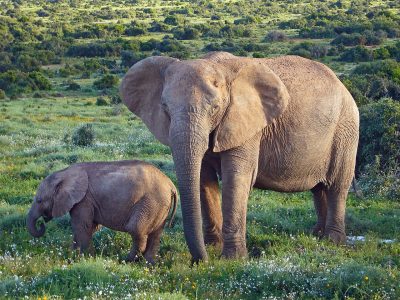
African Bush Elephant
Can drink up to 50 gallons a day

African Civet
Secretes up to 4g of musk every week!
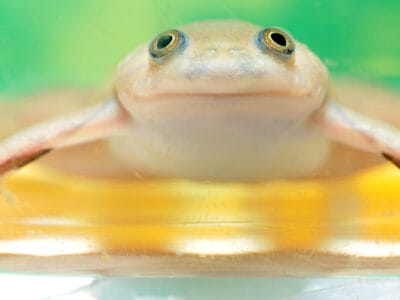
African Clawed Frog
African clawed frogs were used as pregnancy testers from the 1930s to the early 1960s.
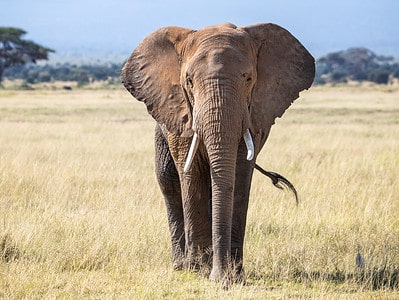
African Elephant
Both male and female African elephants have tusks. In Asian elephants, only the males have tusks.

African Fish Eagle
African fish eagles belong to the genus of sea eagles
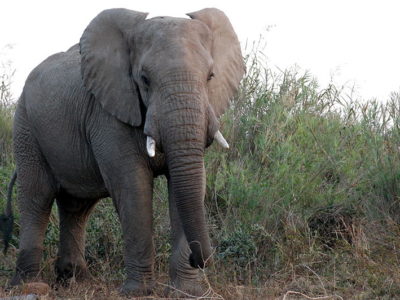
African Forest Elephant
Have large rounded ears to help keep them cool!
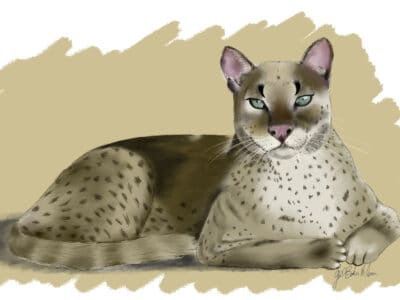
African Golden Cat
The first image of an African golden cat was captured in the wild in Gabon in 2002.
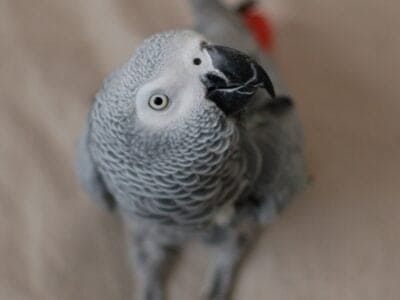
African Grey Parrot
When a grey parrot named Yosuke got lost, it was reunited with its owner after giving the owner's name and address.
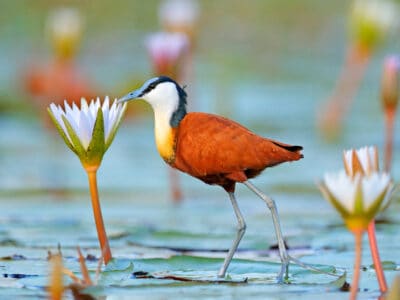
African Jacana
The males raise the young
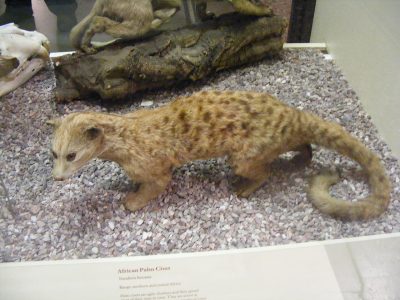
African Palm Civet
Solitary but gathers in groups!
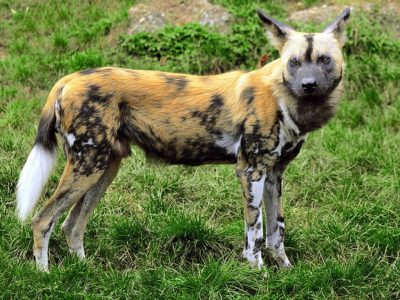
African Wild Dog
Also known as the painted dog!

Agama Lizard
The agama forms small social groups that contain both dominant and subordinate males.
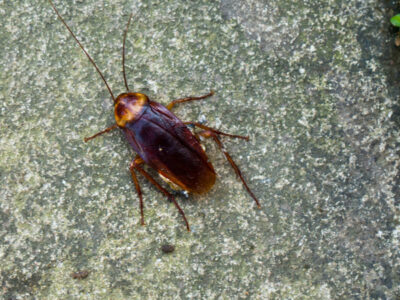
American Cockroach
Despite its name, actually originated from Africa and the Middle East

Ant
First evolved 100 million years ago!
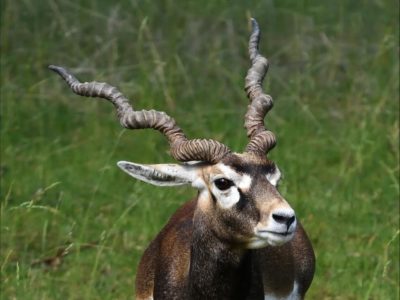
Antelope
Renew their horns every year!

Armyworm
They are so named because they "march" in armies of worms from one crop to another in search of food
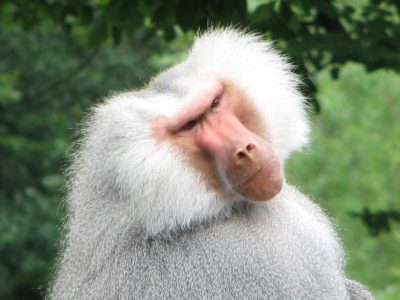
Baboon
Can travel more than four miles a day!
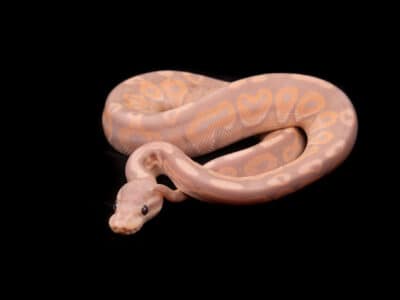
Banana Cinnamon Ball Python
Banana cinnamon ball pythons came from combining the banana and cinnamon genes.
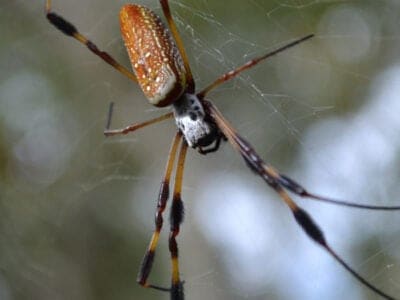
Banana Spider
People spin clothing and fishing nets out of these spiders’ silk.
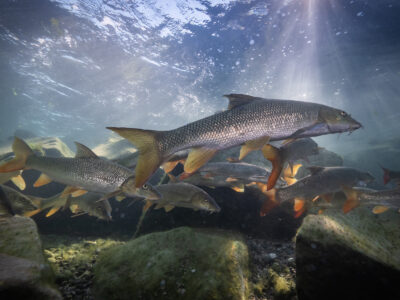
Barb
There are over 1768 known species!

Barn Owl
Found everywhere around the world!

Barn Swallow
Older offspring help care for new hatchlings.

Bat
Detects prey using echolocation!

Bed Bugs
Bed bugs feed for 4-12 minutes.

Bee
Rock paintings of bees date back 15,000 years

Beetle
There are more than 350,000 different species
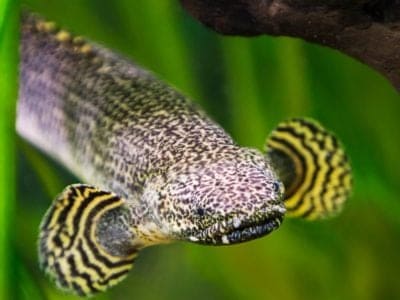
Bichir
The bichir species is more than 400 million years old

Bird
Not all birds are able to fly!

Biscuit Beetle
The biscuit beetle form a symbiotic relationship with yeast
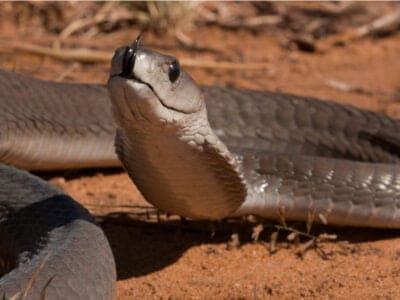
Black Mamba
Black mambas are the longest venomous snake in Africa, and second longest in the world.

Black Widow Spider
They typically prey on insects!

Bongo
Long and heavy spiralled horns!
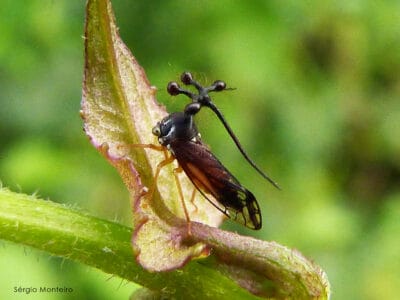
Brazilian Treehopper
“Mild-Mannered Minimonsters”
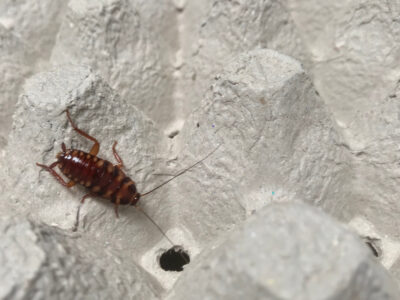
Brown-banded Cockroach
Females glue egg cases to furniture

Brown Dog Tick
Can live its entire life indoors

Buffalo
"They look like you owe them money."

Bumblebee
The most common species of bee!

Bush Baby
In a series of leaps, this creature can cover almost 30 feet of distance in just a few seconds.
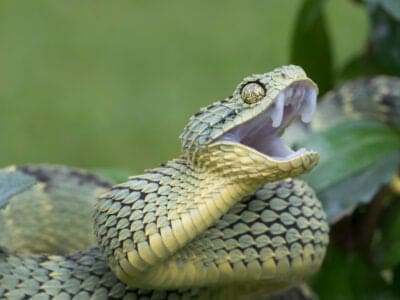
Bush Viper
Bush vipers are predators, sinking their fangs into prey while dangling from a tree limb

Butterfly
There are thought to be up 17,500 species!
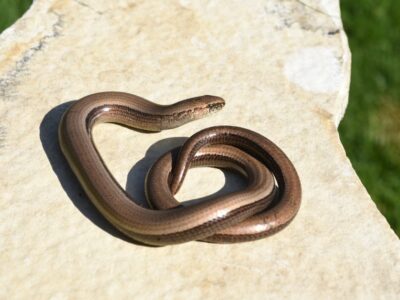
Caecilian
Some species' babies use their hooked or scraper-like teeth to peel off and eat their mother's skin

Carpenter Ant
Carpenter ants can lift up to seven times their own weight with their teeth!

Carpet Viper
The Carpet Viper probably bites and kills more people than any other species of snake.

Cat
May have been domesticated up to 10,000 years ago.

Caterpillar
The larvae of a moth or butterfly!

Catfish
There are nearly 3,000 different species!

Centipede
There are about 3,000 documented species!
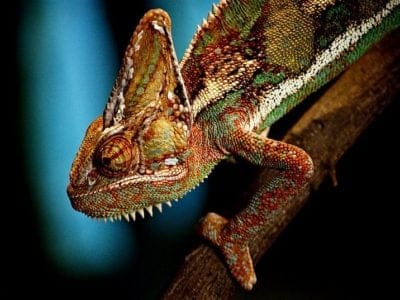
Chameleon
There are more than 160 different species!
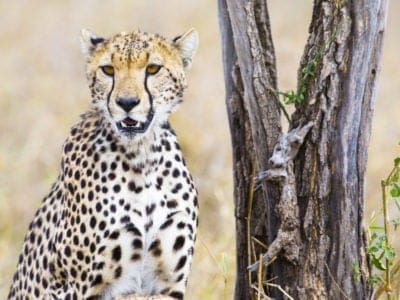
Cheetah
The fastest land mammal in the world!

Chicken
First domesticated more than 10,000 years ago!
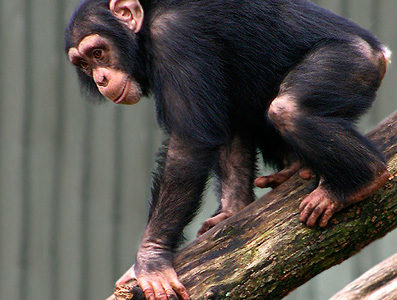
Chimpanzee
Has 32 teeth including fang-like canines!

Cichlid
There are more than 2 000 known species!

Cockroach
Dated to be around 300 million years old!

Codling Moth
Pupae are able to undergo diapause to survive poor fruit yield years and winter.
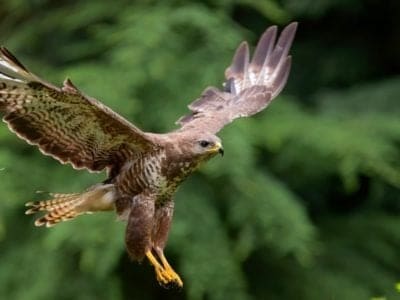
Common Buzzard
The most common raptor in the UK!

Common Furniture Beetle
The common furniture beetle feeds exclusively on wood

Common House Spider
House spiders have the ability to eat most insects in a home.

Cormorant
They can fly 35 mph and dive 150 feet below water.

Cow
There are nearly 1.5 billion worldwide!

Crab
There are 93 different crab groups

Crab Spider
Crab Spiders can mimic ants or bird droppings
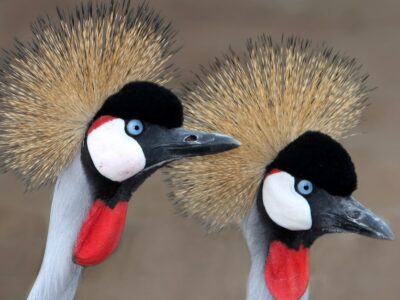
Crane
Many are critically endangered species!

Cricket
Male crickets can produce sounds by rubbing their wings together
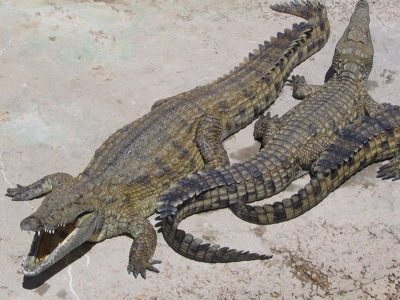
Crocodile
Have changed little in 200 million years!

Crocodylomorph
Crocodylomorphs include extinct ancient species as well as 26 living species today.

Crow
A group of these birds is called a Murder.
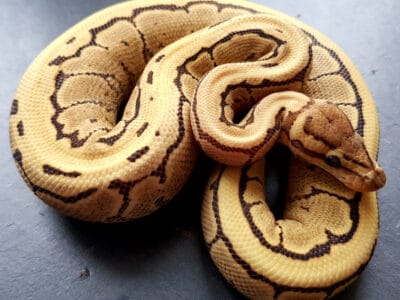
Desert Ghost Ball Python
Desert ghost ball pythons are even more beautiful when they're bred with another type like enchi ball pythons.
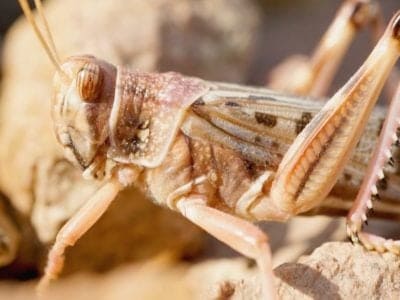
Desert Locust
Solitary locusts are grey while gregarious locusts are yellow with stripes.

Dog
First domesticated in South-East Asia!

Dog Tick
Dog ticks feed on dogs and other mammals

Donkey
First domesticated 5,000 years ago!

Dragonfly
It's larvae are carnivorous!

Duck
Rows of tiny plates line their teeth!

Dung Beetle
The dung beetle can push objects many times its own weight
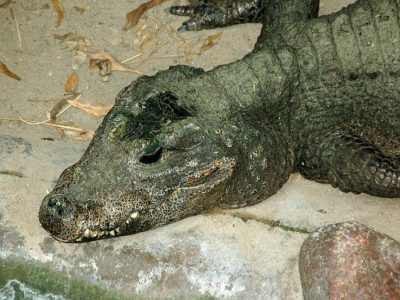
Dwarf Crocodile
Digs burrows in river banks to rest!

Earthworm
They are hermaphrodites, which means they have male and female organs

Earwig
There are nearly 2,000 different species!

Eel
Eels can be a mere few inches long to 13 feet!
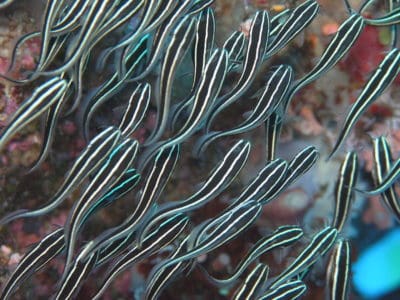
Eel catfish
Eel catfish breathe air and reach up on land to catch beetles. Scientists think they may be a missing link between fish and lizards.
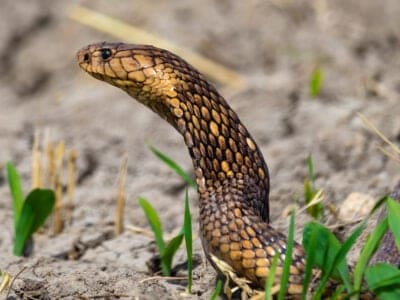
Egyptian Cobra (Egyptian Asp)
The Egyptian cobra is one of the largest cobras in Africa.
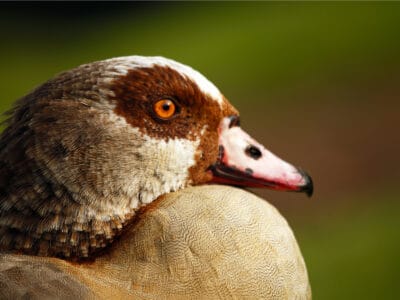
Egyptian Goose
A duck species that resembles a goose when flying
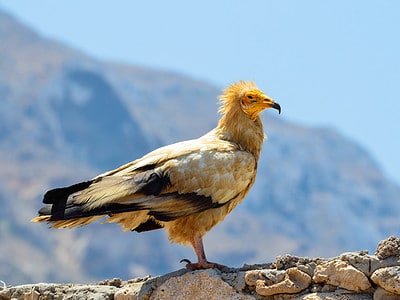
Egyptian Vulture
They steal large ostrich eggs and use rocks and pebbles to crack the shells.
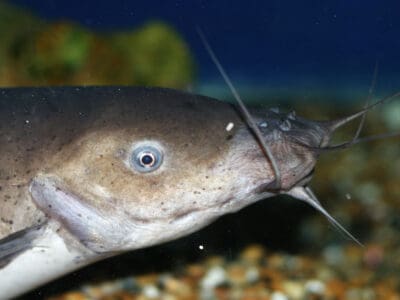
Electric Catfish
The electric catfish can discharge an electric shock up to 450 volts
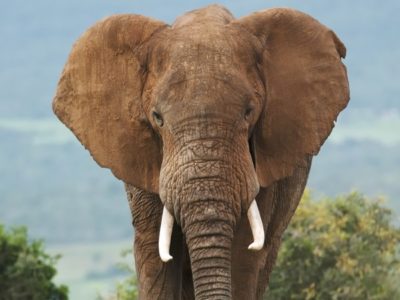
Elephant
Spends around 22 hours a day eating!
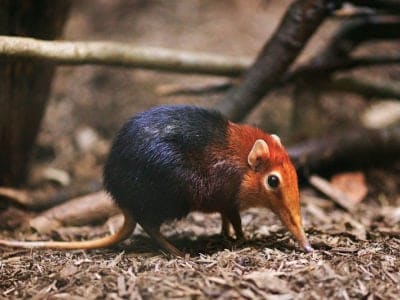
Elephant Shrew
Found exclusively on the African continent!

Falcon
The fastest creatures on the planet!

False Widow Spider
False spiders actually prey on black widow spiders and other hazardous spiders
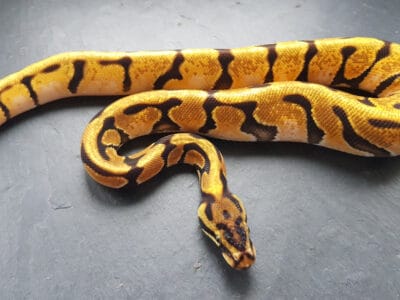
Fire Ball Python
The fire ball python morph is known for its rich golden and reddish-brown coloration.

Firefly
The firefly produces some of the most efficient light in the world

Flea
Adult fleas can jump up to 7 inches in the air

Fly
There are more than 240,000 different species!
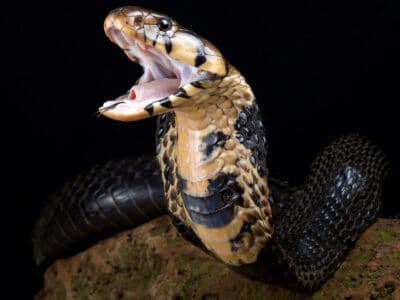
Forest Cobra
There are three different color morphs, which entirely depend on the region that they live in.
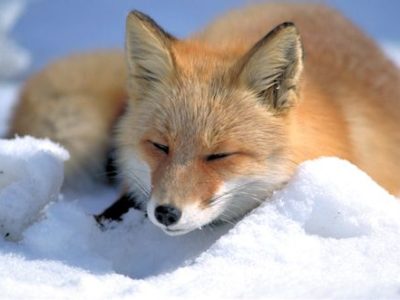
Fox
Only 12 species are considered "true foxes"
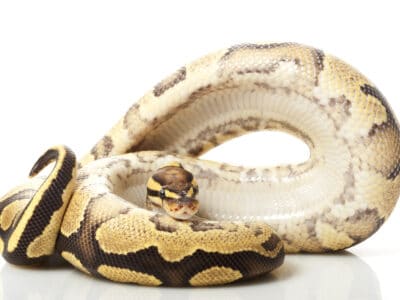
Freeway Ball Python
Freeway ball pythons come from breeding yellow belly and asphalt ball pythons.

Frog
There are around 7,000 different species!
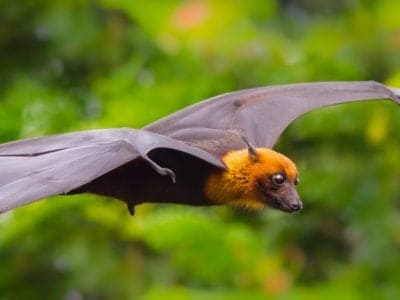
Fruit Bat
Among the largest bats in the world

Fruit Fly
Fruit flies are among the most common research animals in the world
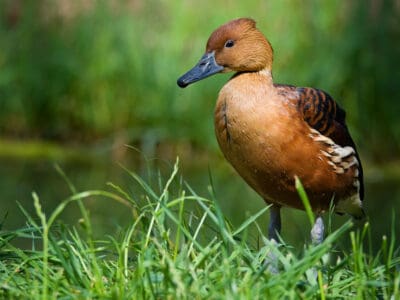
Fulvous Whistling Duck
They build a ramp from their nest, which leads to a nearby water source
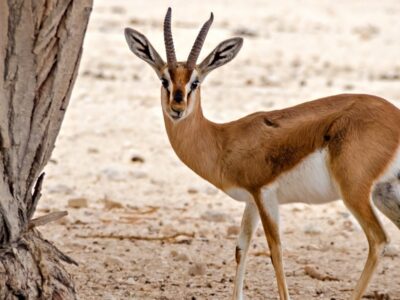
Gazelle
Named for the Arabic word for love poems
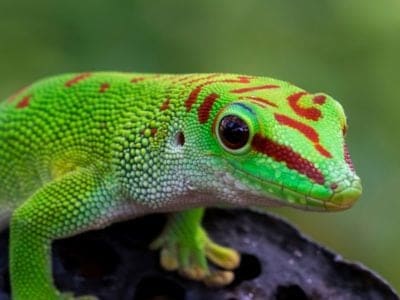
Gecko
There are thought to be over 2,000 species!
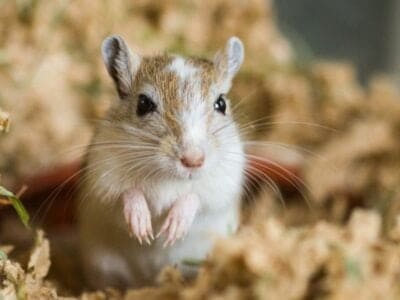
Gerbil
Originally known as the Desert Rat!

German Cockroach
The most common type of urban roach
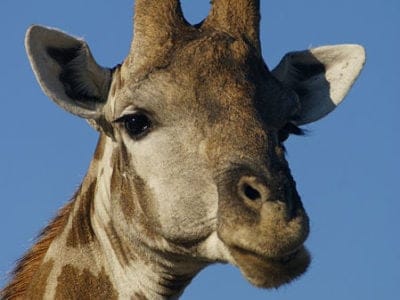
Giraffe
Long, black tongue can grow to 18 inches long!
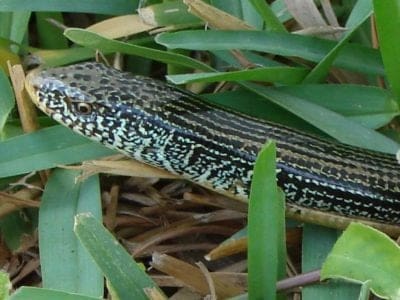
Glass Lizard
Can grow up to 4ft long!

Glowworm
Found inhabiting dense woodland and caves!

Gnat
Males form large mating swarms at dusk

Goat
Most closely related to the Sheep!
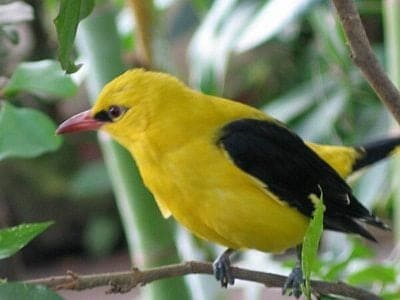
Golden Oriole
Migrates between Europe and Asia!
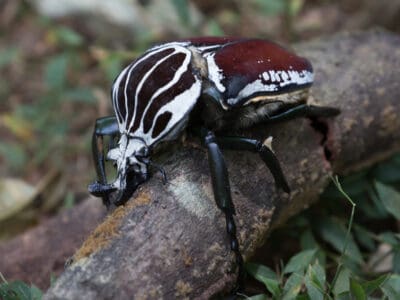
Goliath Beetle
Goliath beetles are the largest beetles in the world, and they can carry objects several times their weight.
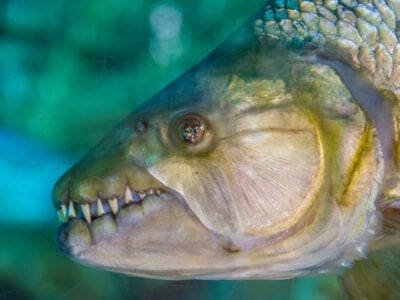
Goliath Tigerfish
Featured in "River Monsters" TV series!

Grasshopper
There are 11,000 known species!
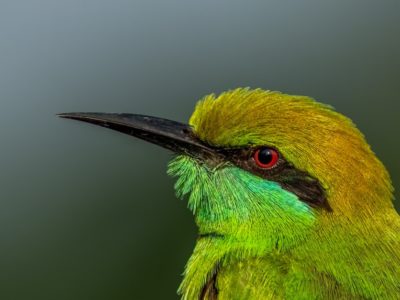
Green Bee-Eater
Mainly eats honeybees!
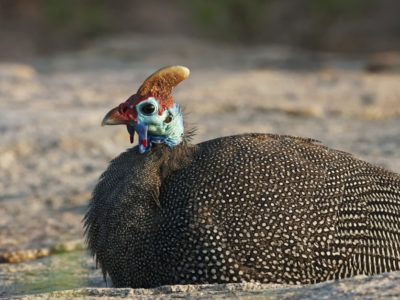
Guinea Fowl
Found in a vairety of African habitats!
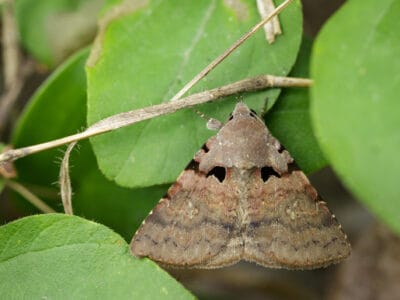
Gypsy Moth
One of the most invasive species in the world

Hamster
Able to run as quickly backwards as forwards!

Hare
Can reach speeds of over 50 mph!
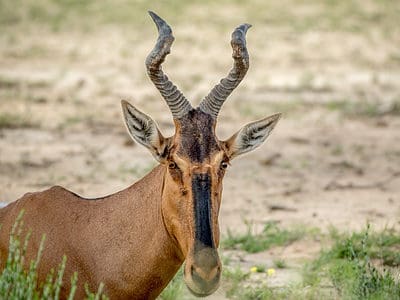
Hartebeest
Unlike other animals that move towards the water source, hartebeests move to more arid locations after rainfall.

Hawk Moth Caterpillar
Many hawk moth caterpillars eat toxins from plants, but don’t sequester them the way milkweed butterflies do. Most toxins are excreted.
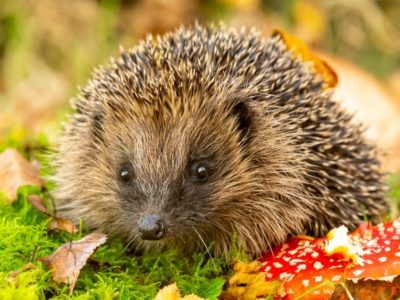
Hedgehog
Thought to be one of the oldest mammals on Earth!

Heron
Inhabits wetlands around the world!
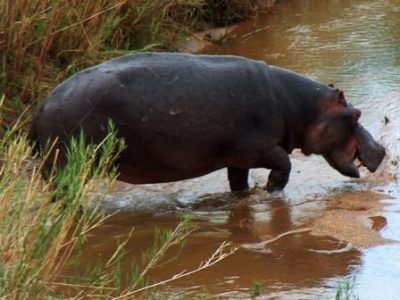
Hippopotamus
Has pink anti-bacterial sweat!

Honey Badger
One of earth's bravest creatures!

Honey Bee
There are only 8 recognized species!
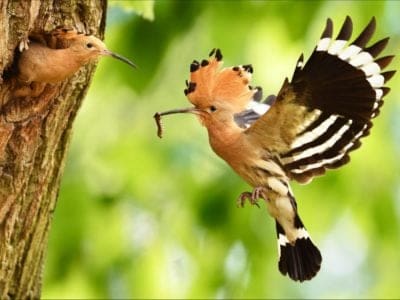
Hoopoe
Stunning bird with a stinky way to deter predators!

Horse
Has evolved over 50 million years!

Horsefly
Horseflies have been seen performing Immelmann turns, much like fighter jets.

Housefly
The fly has no teeth

Human
Thought to have orignated 200,000 years ago!

Huntsman Spider
Some huntsman spiders have an interesting way of moving around. Some cartwheel while others do handsprings or backflips.
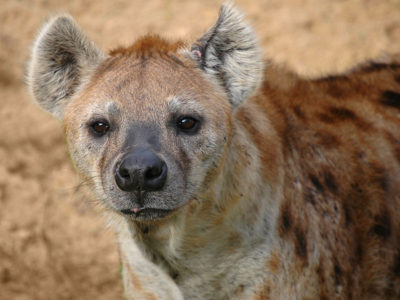
Hyena
There are four different species!

Ibis
Found in swamps, marshes and wetlands!

Insects
There are an estimated 30 million species!

Jacana
The jacana has the ability to swim underwater
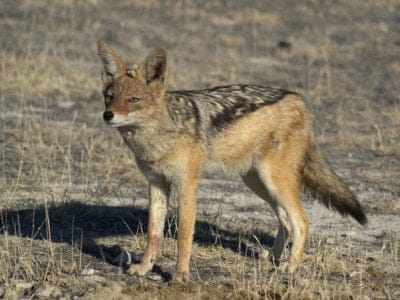
Jackal
Can maintain speeds of 16 km/h!

Jumping Spider
Some can jump 50 times the length of their bodies
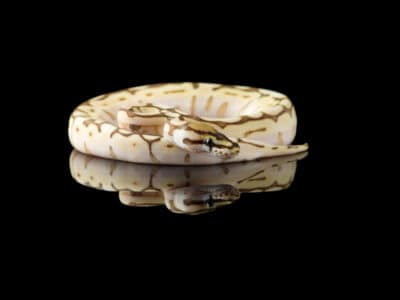
Killer Clown Ball Python
Killer clown ball pythons can cost several thousand dollars.

Kingfisher
Inhabits wetlands and woodlands worldwide!
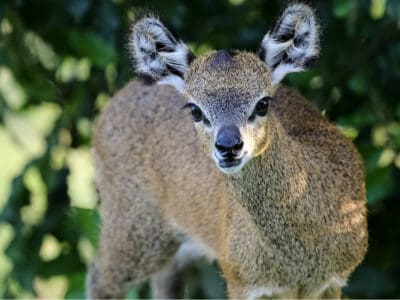
Klipspringer
Klipspringers can jump as high as 10-12ft!

Ladybug
There are more than 5,000 species worldwide!
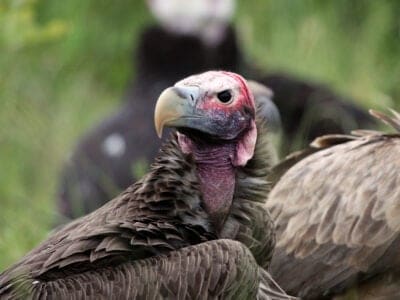
Lappet-faced Vulture
Lappet-faced vultures are tidy and wash their heads in a body of water after they’ve eaten
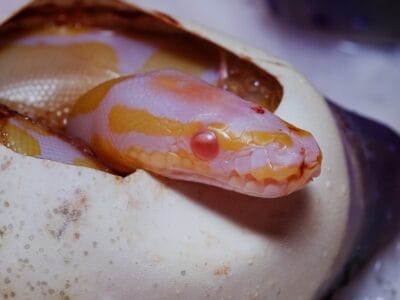
Lavender Albino Ball Python
The first two lavender albino ball pythons were wild-hatched and imported from Africa.

Leech
Has 10 pairs of eyes!
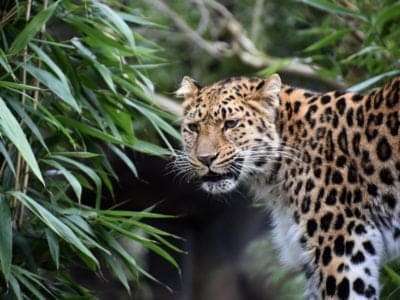
Leopard
Spends much of the time high in the trees!
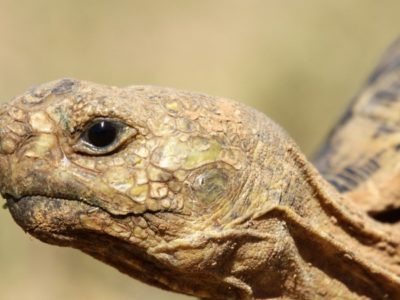
Leopard Tortoise
The most widely distributed tortoise in Africa!

Liger
The offspring of a lion and tiger parents!

Lion
Lives in small groups called prides!

Lizard
There are around 5,000 different species!

Locust
Each locust can eat its weight in plants each day.
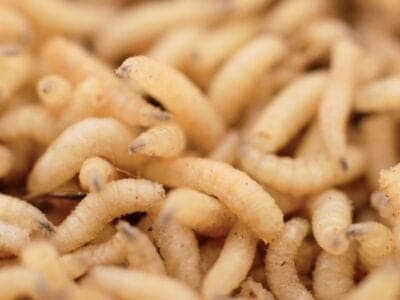
Maggot
Will only live in wet areas
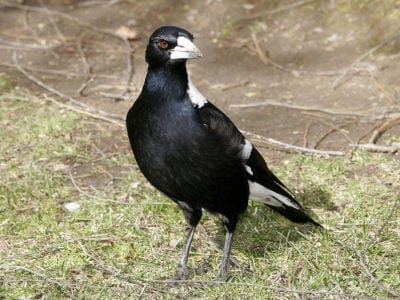
Magpie
They are found across Europe, Asia and Africa!
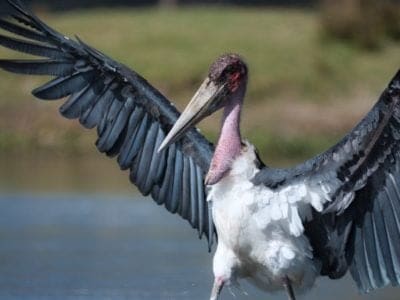
Marabou Stork
The marabou stork does not have a voice box.

Mayfly
There are 2,500 known species worldwide!

Mealybug
They have a symbiotic relationship with ants.

Millipede
Some species have a poisonous bite!
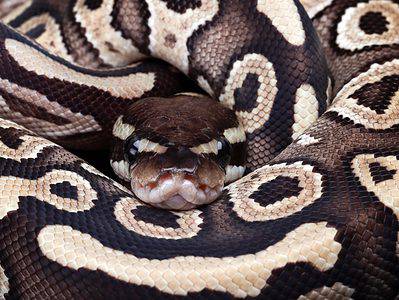
Mojave Ball Python
Instead of the typically banded or ‘alien head’ patterning of most ball python morphs, the Mojave morph’s patterning is characterized by lots of large, circular splotches with small, dark brown dots in their centers.

Mole
Primarily hunts and feeds on Earthworms!
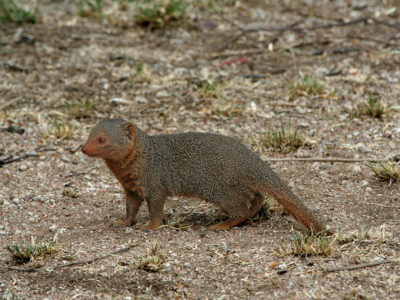
Mongoose
Range in size from just 1 to 3 foot!

Mongrel
Has characteristics of two or more breeds!
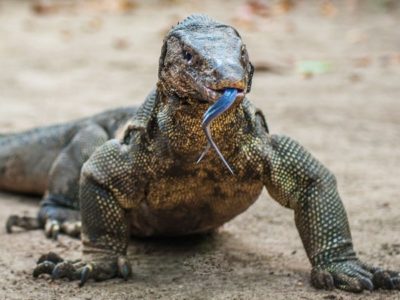
Monitor Lizard
Some species are thought to carry a weak venom!

Monkey
There are around 260 known species!

Moorhen
Feeds on aquatic insects and water-spiders!

Mosquito
Only the female mosquito actually sucks blood

Moth
There are 250,000 different species!

Mouse
Found on every continent on Earth!

Mule
The offspring of a horse and donkey parents!

Nematode
Nematodes range in size from 1/10 of an inch to 28 feet long

Nightingale
Named more than 1,000 years ago!
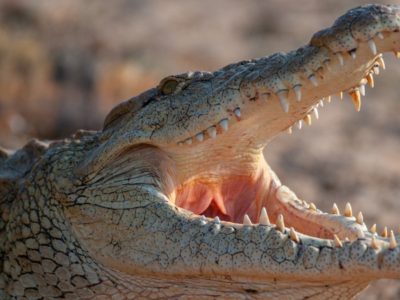
Nile Crocodile
Unlike other reptiles, the male Nile crocodile will stay with a female to guard their nest of eggs.
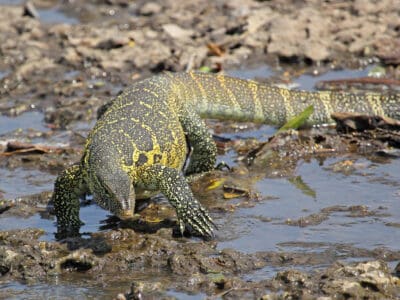
Nile Monitor
The Nile monitor is the world's fourth-largest lizard!

No See Ums
There are more than 5,000 species.
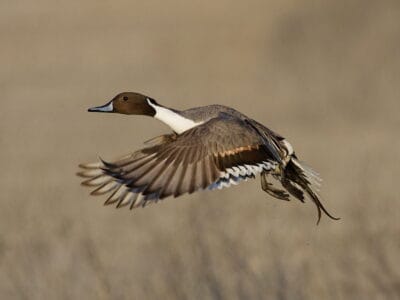
Northern Pintail
Northern pintails migrate at night with speeds reaching 48 miles per hour!
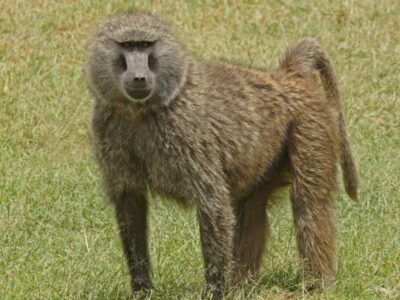
Olive Baboon
Olive baboons will sometimes form strong friendships with each other

Orange Dream Ball Python
The "Orange Dream" name came from the idea that the morph would make its first breeder a million dollars.

Orb Weaver
Females are about four times the size of males
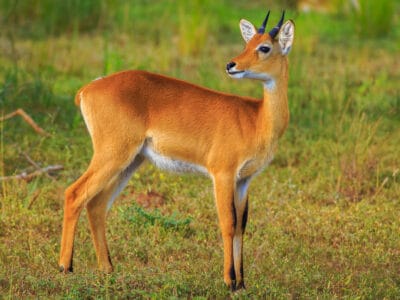
Oribi
Males oribis spend most of their time patrolling the borders of their territories; they can do this about 16 times an hour! However, 27% of their day is spent grazing.

Osprey
They reuse nesting sites for 70 years!

Otter
There are 13 different species worldwide

Owl
The owl can rotate its head some 270 degrees
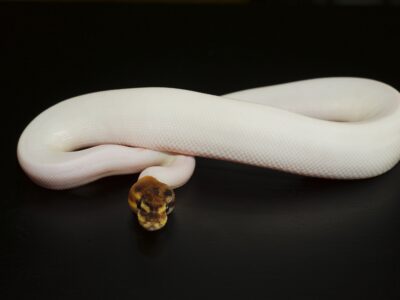
Panda Pied Ball Python
The panda pied ball python morph is a combination of the piebald and black pastel traits.
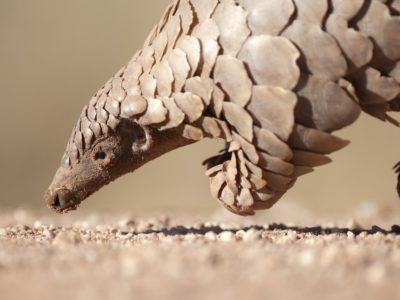
Pangolin
Bad eyesight, but great sense of smell
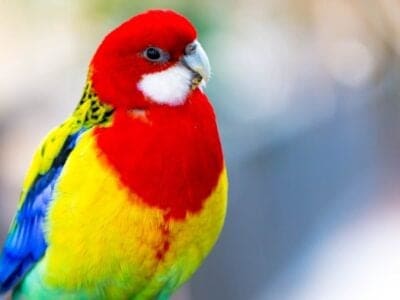
Parakeet
Monk parakeets are the only parakeets that actually build nests. They’re also the only parakeets to nest in great colonies.
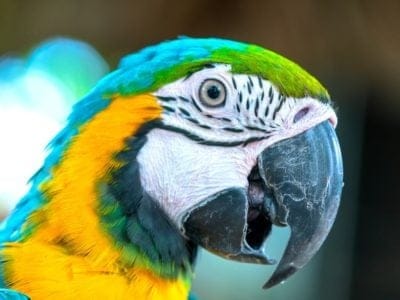
Parrot
Can live for up to 100 years!
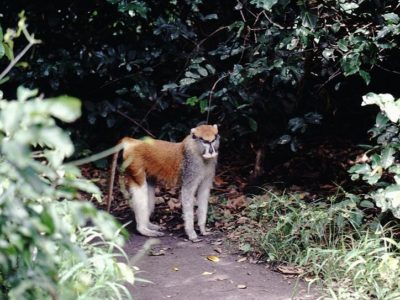
Patas Monkey
The fastest species of primate in the world!

Peregrine Falcon
Fastest animal on Earth

Pheasant
Females lay between 8 and 12 eggs per clutch!

Pigeon
They can find their way back to their nests from up to 1300 miles away.
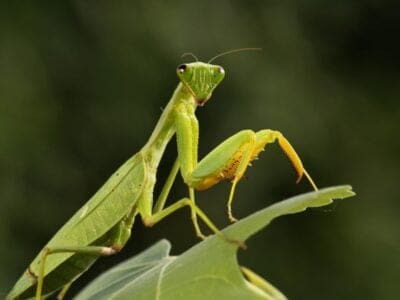
Praying Mantis
The mantis can turn its head 180 degrees.
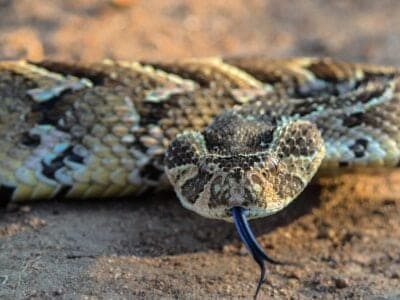
Puff Adder
This large snake is so-named because it will puff up its body to appear bigger than it is when directly threatened by a predator or person.

Quail
Inhabits woodland and forest areas worldwide!
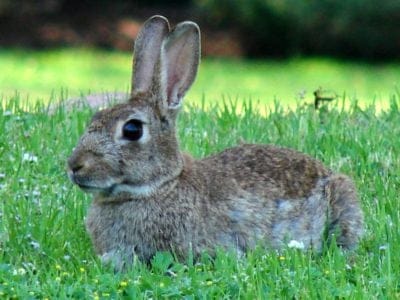
Rabbit
There are more than 300 different species!

Rat
Omnivores that eat anything!
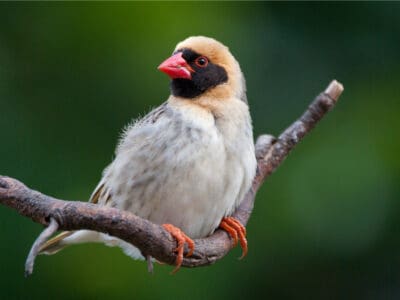
Red-Billed Quelea Bird
Is the most populous bird in the world
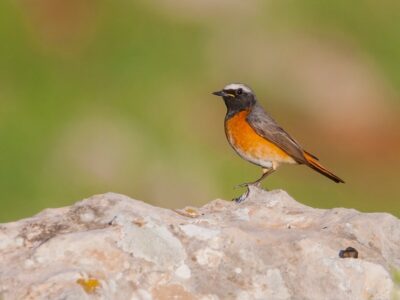
Redstart
They build their nests off the ground in tree holes, cavities, stone walls, and roofs
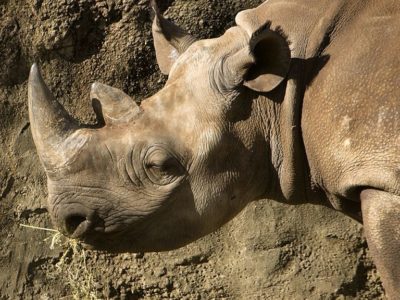
Rhinoceros
It's horns are made from keratin!

River Turtle
Inhabits freshwater habitats around the world!
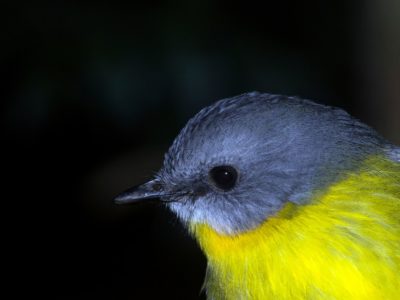
Robin
There are more than 45 species in Australia alone!
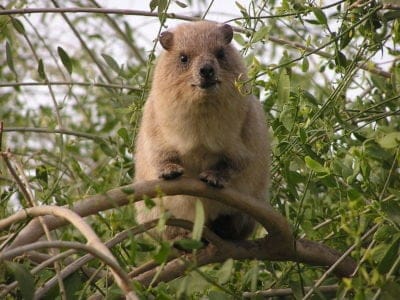
Rock Hyrax
Actually related to Elephants and Manatees!
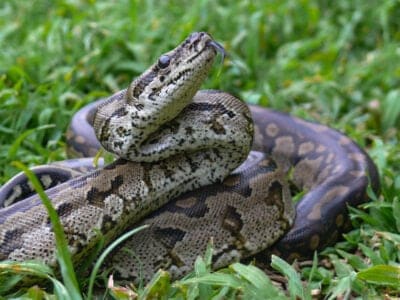
Rock Python
Rock pythons may have crossbred with the escaped Burmese pythons in Florida.

Rodents
The capybara, the world’s largest rodent, likes to be in and around bodies of water. Because of this, the Catholic Church in South America decided that it was a fish, and people were allowed to eat it during Lent and First Fridays.

Rooster
Will mate with the entire flock!

Sable Ferret
Ferrets were used during the Revolutionary War to keep down the rat population.
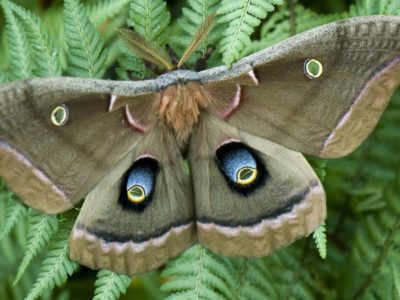
Saturniidae Moth
Some of the largest moths in the world
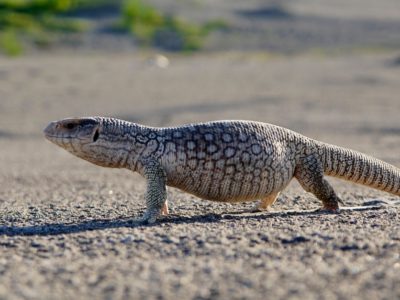
Savannah Monitor
Savannah monitors are one of the most popular lizards in captivity.
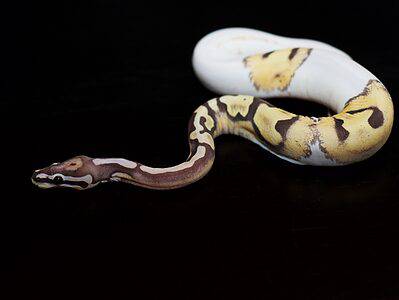
Scaleless Ball Python
Aside from the ocular scales covering each of its eyes, the scaleless ball python's body is completely smooth.

Scorpion
There are around 2,000 known species!

Sea Eagle
The sea eagle tends to mate for life with a single partner

Seahorse
Males give birth to up to 1,000 offspring!
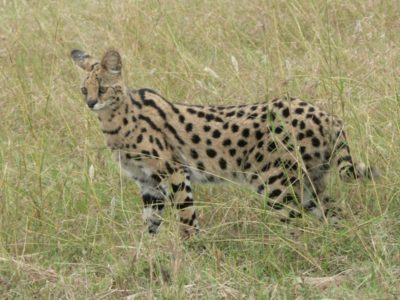
Serval
Can leap more than 1 meter into the air!

Sheep
Around 35 million in the English countryside!

Shrew
The spinal column of the shrew Scutisorex somereni is so strong and reinforced that it can support the weight of an adult human.

Shrimp
There are 2,000 different species worldwide!

Skink Lizard
Some skinks lay eggs in some habitats while giving birth to skinklets in other habitats.

Slug
They glide around on one foot, which is aided by the slime they produce

Smokybrown Cockroach
Has up to 45 eggs per egg case

Snail
There are nearly 1,000 different species!

Snake
There are around 4,000 known species worldwide

Sparrow
There are 140 different species!
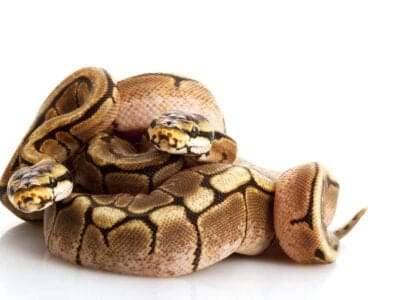
Spider Ball Python
The spider ball python is known for having a head wobble.

Spider Wasp
They prey on spiders to feed their larvae or they parasitize other spider wasps.
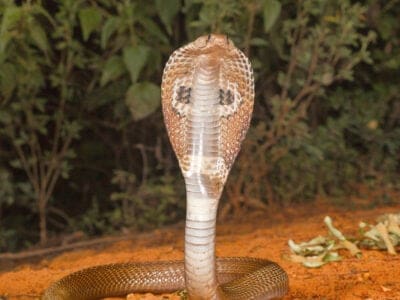
Spitting Cobra
Spitting cobras are types of cobras that can spit venom at predators and prey.

Squirrel
Small rodents found in woodlands worldwide!

Stick Insect
There are more than 3,000 different species!
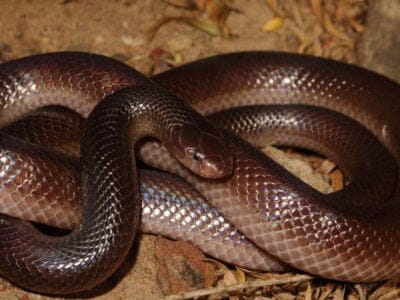
Stiletto Snake
Because of their unique venom delivery system, stiletto snakes are almost impossible to hold safely in the usual way (with fingers behind the head) without being bitten.

Stork
They can’t sing like other birds.

Sunset Ball Python
Sunset ball pythons are bred with several other morphs to get designer colors.

Swan
Populations have been affected by pollution!

Tarantula Hawk
Tarantula hawks are excellent pollinators, especially for milkweed.

Termite
Their mounds can be up to 9 meters tall!

Thrush
The American robin is called the robin because its red breast reminded European settlers of the robin back in the old country.

Tick
They inject hosts with a chemical that stops them from feeling the pain of the bite

Tiger Beetle
The adult tiger beetle is one of the fastest land insects in the world

Tortoise
Can live until they are more than 150 years old!
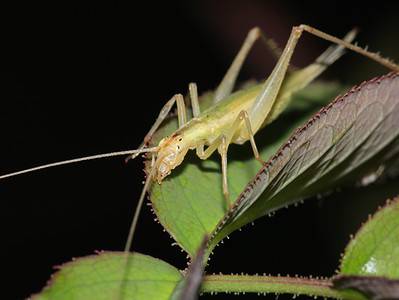
Tree Cricket
They make music with their wings

Tree Frog
Found in warmer jungles and forests!
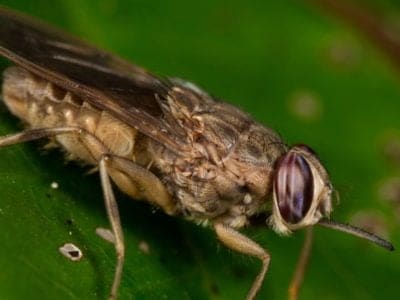
Tsetse Fly
Tsetse flies are large biting flies that live in the tropical regions of Africa.
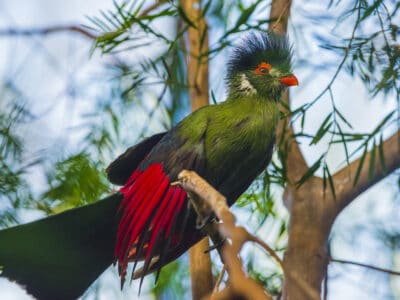
Turaco
Their name means “banana-eater,” but they rarely ever eat bananas.

Turtles
Some species of aquatic turtles can get up to 70 percent of their oxygen through their butt.
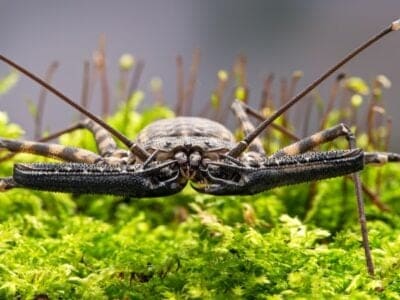
Vinegaroon
Vinegaroons can spray 19 times before the glands are depleted
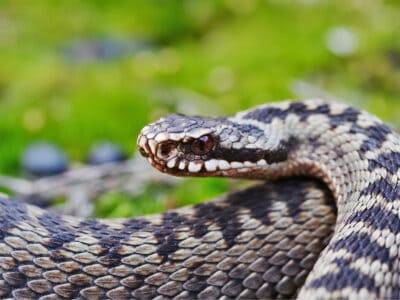
Viper
Vipers are one of the most widespread groups of snakes and inhabit most

Vulture
There are 30 different species worldwide!
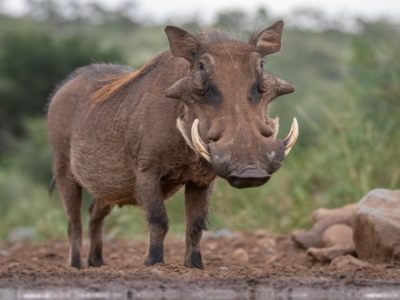
Warthog
Has two sets of tusks on it's face!

Wasp
There are around 75,000 recognised species!
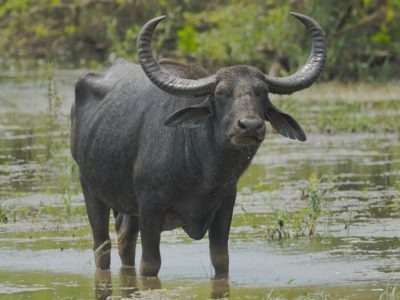
Water Buffalo
Has been domesticated for thousands of years!
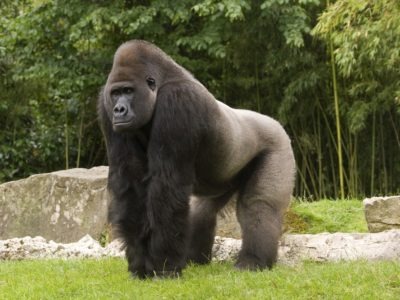
Western Lowland Gorilla
One of the great apes!

White Ferret / Albino Ferrets
There are two different types of white ferrets!

Wolf Spider
Carnivorous arachnid that hunts its prey.

Woodlouse
This animal can roll up into a ball

Woodpecker
There are 200 different species!

Worm
Doesn’t have eyes.
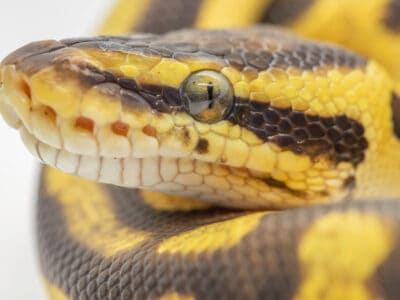
Yellow Belly Ball Python
The yellow belly gene is co-dominant and doesn't completely override other genes.
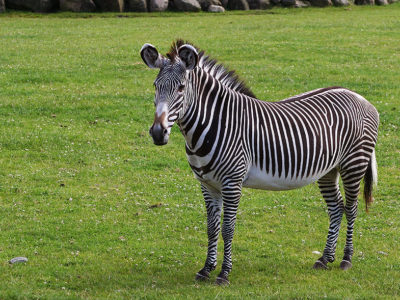
Zebra
Stripe patterns are unique to each individual!

Zebu
There are around 75 different species!
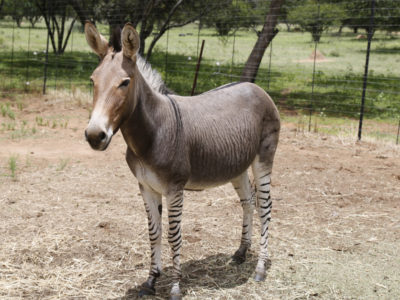
Zonkey
The offspring of Zebra and Donkey parents!
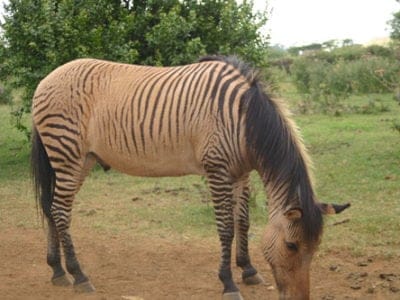
Zorse
The offspring of a Zebra and Horse parents!
Central African Animals List
- Aardvark
- African Bush Elephant
- African Civet
- African Clawed Frog
- African Elephant
- African Fish Eagle
- African Forest Elephant
- African Golden Cat
- African Grey Parrot
- African Jacana
- African Palm Civet
- African Wild Dog
- Agama Lizard
- American Cockroach
- Ant
- Antelope
- Armyworm
- Baboon
- Banana Cinnamon Ball Python
- Banana Spider
- Barb
- Barn Owl
- Barn Swallow
- Bat
- Bed Bugs
- Bee
- Beetle
- Bichir
- Bird
- Biscuit Beetle
- Black Mamba
- Black Pastel Ball Python
- Black Widow Spider
- Bongo
- Brazilian Treehopper
- Brown-banded Cockroach
- Brown Dog Tick
- Buffalo
- Bumblebee
- Bush Baby
- Bush Viper
- Butterfly
- Caecilian
- Carpenter Ant
- Carpet Viper
- Cat
- Caterpillar
- Catfish
- Centipede
- Chameleon
- Cheetah
- Chicken
- Chimpanzee
- Cichlid
- Cockroach
- Codling Moth
- Common Buzzard
- Common Furniture Beetle
- Common House Spider
- Cormorant
- Cow
- Crab
- Crab Spider
- Crane
- Cricket
- Crocodile
- Crocodylomorph
- Crow
- Cuckoo
- Desert Ghost Ball Python
- Desert Locust
- Dog
- Dog Tick
- Donkey
- Dormouse
- Dragonfly
- Duck
- Dung Beetle
- Dwarf Crocodile
- Earthworm
- Earwig
- Eel
- Eel catfish
- Egyptian Cobra (Egyptian Asp)
- Egyptian Goose
- Egyptian Vulture
- Electric Catfish
- Elephant
- Elephant Shrew
- Enchi Ball Python
- Falcon
- False Widow Spider
- Fire Ball Python
- Firefly
- Firefly Ball Python
- Flea
- Fly
- Forest Cobra
- Fox
- Freeway Ball Python
- Frog
- Fruit Bat
- Fruit Fly
- Fulvous Whistling Duck
- Gazelle
- Gecko
- Gerbil
- German Cockroach
- Giraffe
- Glass Lizard
- Glowworm
- Gnat
- Goat
- Golden Oriole
- Goliath Beetle
- Goliath Tigerfish
- Grasshopper
- Green Bee-Eater
- Guinea Fowl
- Gypsy Moth
- Hamster
- Hare
- Hartebeest
- Hawk Moth Caterpillar
- Hedgehog
- Heron
- Hippopotamus
- Honey Badger
- Honey Bee
- Hoopoe
- Horse
- Horsefly
- Housefly
- Human
- Huntsman Spider
- Hyena
- Ibis
- Insects
- Jacana
- Jackal
- Jumping Spider
- Killer Clown Ball Python
- Kingfisher
- Klipspringer
- Ladybug
- Lappet-faced Vulture
- Lavender Albino Ball Python
- Leech
- Leopard
- Leopard Tortoise
- Liger
- Lion
- Lizard
- Locust
- Maggot
- Magpie
- Marabou Stork
- Mayfly
- Mealybug
- Millipede
- Mojave Ball Python
- Mole
- Mongoose
- Mongrel
- Monitor Lizard
- Monkey
- Moorhen
- Mosquito
- Moth
- Mouse
- Mule
- Nematode
- Nightingale
- Nile Crocodile
- Nile Monitor
- No See Ums
- Northern Pintail
- Olive Baboon
- Orange Dream Ball Python
- Orb Weaver
- Oribi
- Osprey
- Otter
- Owl
- Panda Pied Ball Python
- Pangolin
- Parakeet
- Parrot
- Patas Monkey
- Peregrine Falcon
- Pheasant
- Pigeon
- Praying Mantis
- Puff Adder
- Quail
- Rabbit
- Rat
- Red-Billed Quelea Bird
- Redstart
- Rhinoceros
- River Turtle
- Robin
- Rock Hyrax
- Rock Python
- Rodents
- Rooster
- Sable Ferret
- Saturniidae Moth
- Savannah Monitor
- Scaleless Ball Python
- Scorpion
- Sea Eagle
- Seahorse
- Serval
- Sheep
- Shrew
- Shrimp
- Skink Lizard
- Slug
- Smokybrown Cockroach
- Snail
- Snake
- Sparrow
- Spider Ball Python
- Spider Wasp
- Spitting Cobra
- Squirrel
- Stick Insect
- Stiletto Snake
- Stork
- Sunset Ball Python
- Swallowtail Butterfly
- Swan
- Tarantula Hawk
- Termite
- Thrush
- Tick
- Tiger Beetle
- Tortoise
- Tree Cricket
- Tree Frog
- Tsetse Fly
- Turaco
- Turtles
- Vinegaroon
- Viper
- Vulture
- Warthog
- Wasp
- Water Buffalo
- Western Lowland Gorilla
- White Ferret / Albino Ferrets
- Wolf Spider
- Woodlouse
- Woodpecker
- Worm
- Yellow Belly Ball Python
- Zebra
- Zebu
- Zonkey
- Zorse
Animals in Central African Republic FAQs (Frequently Asked Questions)
What animals live in Central African Republic?
A list of all the unique creatures that live in CAR is extensive, but it includes not just those mentioned above but:
- Giant African water shrew
- African golden cat
- Blue duiker
- Giant Lord Derby’s eland
- Spotted hyena
- Leopard
- African fish eagle
Moths found in CAR include:
- Tiger moths
- Geometer moths
- Noctuid moths
- Small verdant hawk moth
- Tropical tobacco moth
CAR is landlocked, and there are only fresh water fish in its lakes and rivers. They include:
- Christy’s Lyretail
- North African catfish
- Smooth-belly pellonuline
- Common carp
- Royal sprat
- West African bichir
- Slender lungfish
Amphibians include:
- Congo caecilian
- Gaboon Forest treefrog
- Plain reed frog
What is the national bird of Central African Republic?
Central African Republic doesn’t have a national bird, but the facts are it has nearly 800 species of birds. These include the ostrich, drongos, egrets and herons, pelicans, African broadbills and spoonbills among many others.



